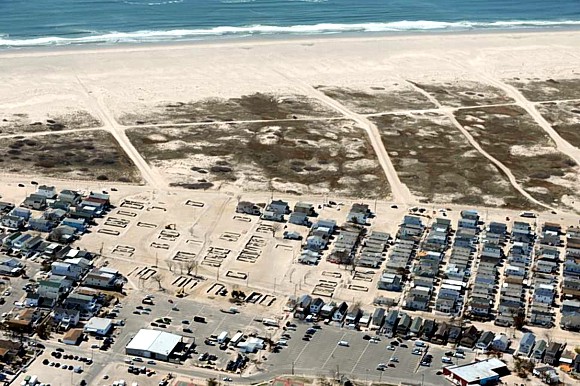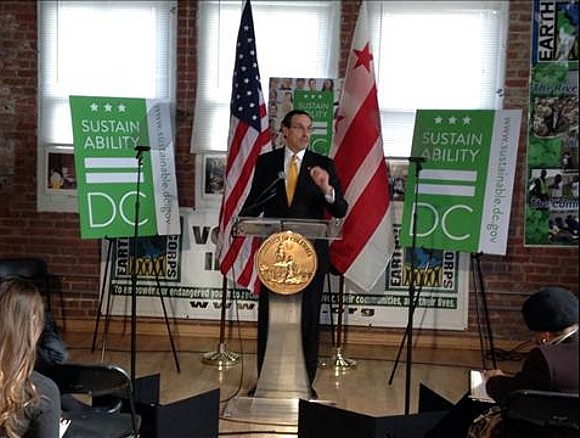Approval Pending For New EU Agreement To Further Restrict and Ban GMO Cultivation
 February 18, 2015
February 18, 2015  Kyriaki (Sandy) Venetis
Kyriaki (Sandy) Venetis The European Parliament is considering creating new restrictions and bans in addition to already existing ones for the cultivation of GMOs within the territories of European countries.
 GMO crops. Image courtesy of policymic.com.
GMO crops. Image courtesy of policymic.com.
If approved soon, the new bans and restrictions could go into effect as early as this spring.
These newly proposed rules would not address health and environmental concerns that are already dealt with by current regulations.
The new regulations are designed to give European countries more freedom in addressing socioeconomic issues, including land use and town planning, agricultural policy objectives, and public policy issues.
Among the specific issues will be excluding GMOs from certain areas to eliminate the risk of contaminating conventional and organic crops.
A report from the European Commission talked about needing to give member countries the ability to take actions that would be deemed appropriate so they could “avoid the unintended presence of GMOs in conventional and organic crops.”
The report argued the need to give individual countries more latitude, explaining that certain types of agricultural production such as organic crops are often more costly, and the possibility of losing the associated price premiums due to the unintended presence of GMOs could result in significant economic damages to these types of crops.




